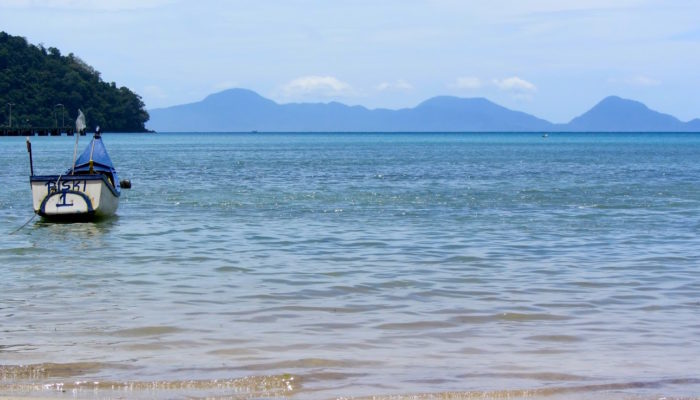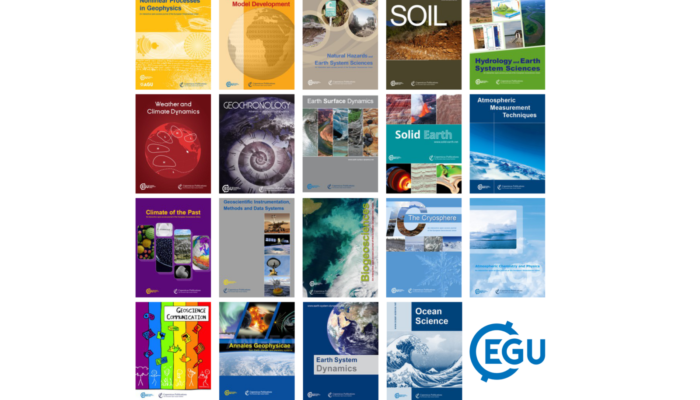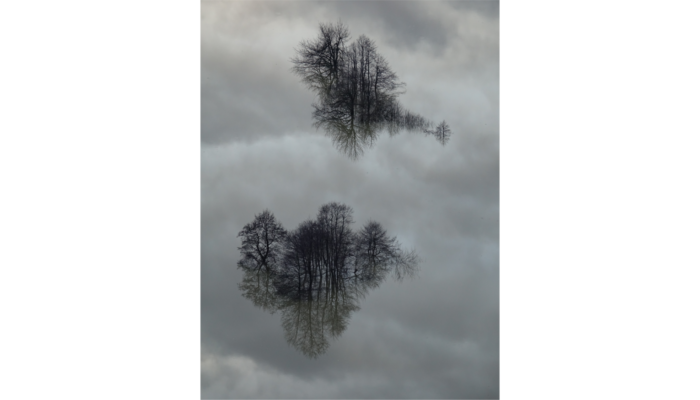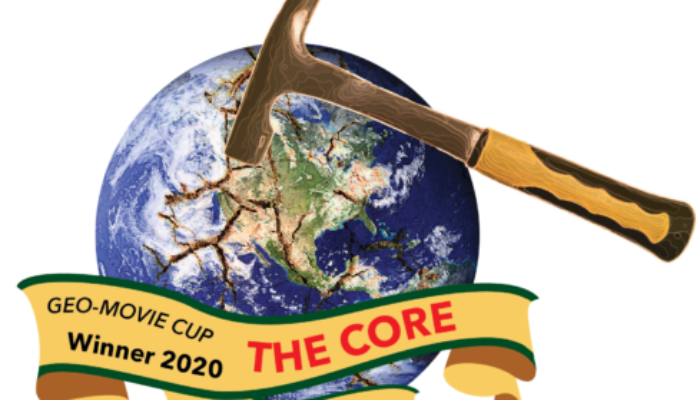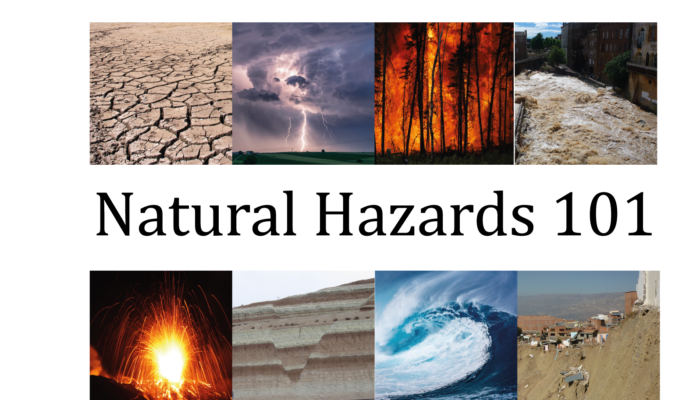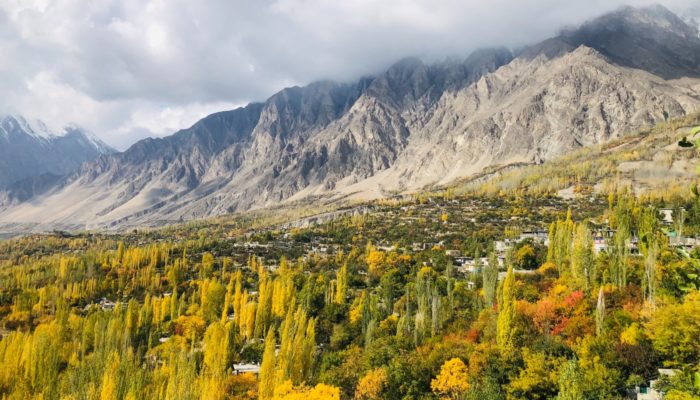A Natural Hazards Earth System Sciences (NHESS) paper proposes a new sampling method for reducing uncertainty in geographical location in seismic hazard risk analysis, with implications for the insurance industry and risk communication in general. Globally, rapid urbanisation is increasing the risk of exposure of human populations and infrastructure to natural hazards, including earthquakes ...[Read More]
GeoLog
GeoRoundup: the highlights of EGU Journals published during October!
Each month we feature specific Divisions of EGU and during the monthly GeoRoundup we will be putting the journals that publish science from those Divisions at the top of the Highlights roundup. For October, the Divisions we are featuring are: Natural Hazards (NH), Hydrological Sciences (HS) and Seismology (SM). They are served by the journals: Geoscientific Model Development (GMD), Hydrology and E ...[Read More]
Geodynamics
What can we learn from geodynamic failure?
In this week’s post, Mohamed Gouiza discusses the challenges of living under constant stress, paralysed by the possibility of failure and self-perceived inevitability of impending breakup. Continental rifting, of course! Oh… did you think I was talking about life as a researcher? Under tensile stress, the lithosphere stretches, the asthenosphere rises, the crust fails, and rifts form. During this ...[Read More]
Tectonics and Structural Geology
Chi Jishang (1917-1994): the diamond hunter who shaped her own future
Chi Jishang was born on the 25th of June 1917 in the Anlu County in the Province of Hubei, central China, but she moved to Beijing when she was four years old. Because her family was poor and she had three older siblings, her parents did not allow her and her younger sibling to go to school at the age that they should go to school. As a child, Chi was bright and very curious. She would ask her sch ...[Read More]
GeoLog
Imaggeo On Monday: Reflections in floodwater
This picture shows several trees and the sky reflecting in floodwater during an event that occured in February 2019 in front of the famous Postojna cave (Slovenia). In Slovenian karst areas, floods are considered as a very common natural phenomenon that can occur several times per year. While most of them are not harmful for local people, the most severe events cause considerable damages and might ...[Read More]
Seismology
The HAMMER (AKA: The Best of the Worst)
Back in the day when my group organised the yearly retreat, we would also plan for a movie night. Usually, we would not get far because a heated discussion would break out about the quality of the movie: “…but this is a terrible movie!”, my colleagues would scream in agony and despair. In my opinion, that was exactly the point! The movies are so bad they passed the threshold of badness and e ...[Read More]
Natural Hazards
Natural Hazards 101: The disaster cycle
With the Natural Hazards 101 series, we meant to bring our readers closer to the terminology often used in the field of natural hazards, but that may not be so familiar. We started defining the very concept of hazard and natural hazard. We moved then to the concept of risk, which brought us to define exposure and vulnerability. In this episode, we will digest the disaster terminology provided by ...[Read More]
GeoLog
GeoPolicy: Proposed cuts to EU science funding could slow future research and innovation
As a European scientific union with over 20,000 members, the EGU is well positioned to provide feedback on the current and future state of research and innovation funding in Europe. The recent cuts to the EU’s 2021-2027 research budget from European Parliament’s initial proposal of €120 billion to the current proposal of €81 billion (at 2018 prices), will not only affect researchers througho ...[Read More]
Cryospheric Sciences
The physical and social changes facing the mountainous populations of the Karakoram Range
As a child, Shakir remembers long extreme winters with heavy snowfall and dry blistering winds, where it was hard to play outside. He grew up in a village named Gulmit, located at an elevation of 2500 m, surrounded by the high snow caped mountains in the Karakoram Range in northern Pakistan. That was 30 years ago, when climate change was still not a cause of concern for the local people. Today, in ...[Read More]
Geodynamics
The Sassy Scientist – The Philosopher’s Stone
Hermione has finally completed her graduate studies, with some extra-curricular training that will remain unnamed here and with activities which some will not remember. Now the time has come to use that newly acquired title for good although demands, desires and duties meander through the realm of possibilities, leaving Hermione in a perpetual plight: What to do when obtaining a PhD in geodynamics ...[Read More]

